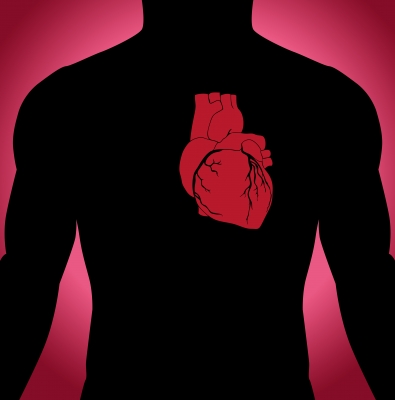
Knowledge is power and preparing for your open heart surgery by learning about the process can be empowering. During open heart surgery, your chest is surgically opened and repairs are performed on the muscles, valves, tissue or arteries of your heart. These days, you may be receiving:
- Robot-assisted open heart surgery, where precision is needed to repair heart valves
- Endoscopic heart surgery, performed with the aid of a camera
- Traditional open heart surgery, where a heart-lung machine helps pump blood to your organs while the heart is operated on
Equipment Used in Open Heart Surgery
Most open heart surgery is performed with a transesophageal echocardiogram or TEE. The TEE consists of a probe fitted with an ultrasound transducer, which is then passed into the body through the esophagus. This allows the ultrasound machine to provide imaging during the surgery, which can offer the medical team a greater view of what is going on for increased precision. The heart rests right on top of the esophagus, so the ultrasound probe is able to provide a clear image of the heart. The TEE probe is the preferred means of imaging many heart-related conditions as it provides clear views of the:
- Aorta
- Pulmonary artery
- Coronary arteries
- Heart valves
- Heart atria
How to Prepare for Open Heart Surgery
While your medical team will always advise specific preparations for your surgery, it’s still a good idea to familiarize yourself with general guidelines first. In general, plan to go without eating for at least six hours before the surgery. You may have to avoid beverages for anywhere from two to six hours beforehand as well. These precautions minimize your risk of vomiting on the table. If you have dentures, remove them before the surgery.
During a TEE, you may be put under general anesthesia or sedated to make it easier to pass the TEE probe down through the esophagus.
Advantages and Disadvantages of TEE Probes
The TEE probe allows for very clear images of the heart, which can increase the efficiency, accuracy, and precision of heart surgery. The TEE probe also provides vital information about the heart’s performance during all types of surgery for patients who have a congenital heart diseases or heart condition that requires monitoring. However, having the TEE probe put in can be difficult, since doctors need to snake the probe down your throat, potentially triggering the gag reflex. This is why anesthesia and sedation are sometimes used.
Other disadvantages include the potential for oral injury or esophageal injury from the equipment, breathing difficulties from the equipment, infection, and bleeding. Doctors and clinicians should regularly inspect the equipment and send it out for repair or adjustment so the TEE remains in good working order. If you have latex allergies, medication allergies or esophageal conditions, inform your doctor before the surgery. He or she may opt to skip the TEE.
Other Uses for TEE Probes
While the TEE is typically used during open heart surgery, it has other applications as well. A TEE probe may be used during other types of surgery to monitor the heart’s performance. It can be used with patients who have stroked due to blood clots, to monitor their health, with patients who have cardiac conditions or congenital heart defects, during the open heart surgery to monitor the heart’s condition, and during other surgeries per doctor’s recommendations.
Every medical case is different and your doctor is the best person to provide answers to your specific questions. Check in with your medical team before the surgery to get last minute questions answered.
